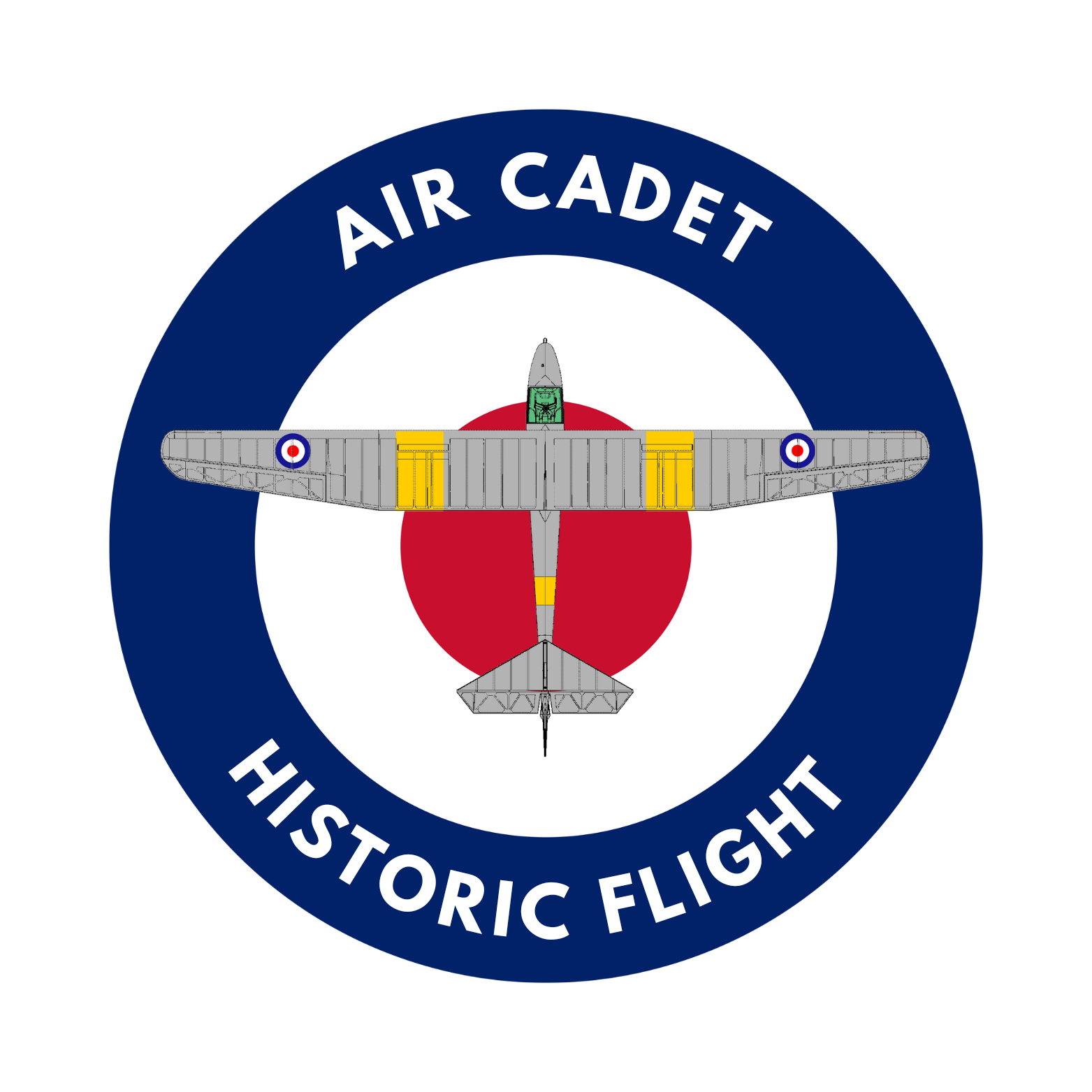The Slingsby T7 Kirby Cadet was designed and built by Slingsby and first flew in 1935 and was produced through the 2nd World War until 1954. It saw service with the Royal Air Force for use by the Air Cadets as the Cadet TX Mk.1 as well as civilian use. Slingsby eventually went to on to build over 250 Cadet T7s with another 170-180 being build under licence. Many and saw service overseas (including Canada, Eire, Palestine, Sri Lanka and South Africa).
The Cadet TX Mk.1 (heaver than the civilian version due to additional strengthening) was developed to Air Ministry specification 20/43 from the civilian Kirby Cadet to meet an Air Ministry requirement for a training glider as part of the air cadet programme, and it entered service as the Cadet TX Mk.1 with the Air Training Corps.
The RAF initially ordered 200 Cadet TX Mk.1s and eventually over 350 were delivered by the end of the 1950’s. However during this period the T7 was further developed with a change of wing into the T8 Kirby Tutor (service name Cadet TX Mk.2) and many of the original T7/TX Mk1. were converted to T8/TX Mk.2 “Tutors” by swapping the wings. Later the T8 Tutor was further developed into a two-seat version, the T31B Tandem Tutor (service name Cadet TX Mk.3).
Few of the initial version survived un-converted and they mostly live in museums (the photo above is of one in the Yorkshire Air Museum). However it is entirely possible to re-create a TX Mk1 by fitting Grasshopper wings to a Tutor fuselage & the Historic Flight plan to carry out this work and have a “Cadet Mk.1” back flying in Air Training Corps colours!
| Designation | Slingsby | T7 | |
| Wingspan | 11.7 meters | Length | 6.4 meters |
| Wing Area | 170 Sq Ft | Aspect Ratio | 8.67 |
| Empty Weight | 135 Kg | Max Weight | 233Kg |
| Max Speed (VNE) | 70 Kts | Glide angle | 1:14 @ 30Kt |

